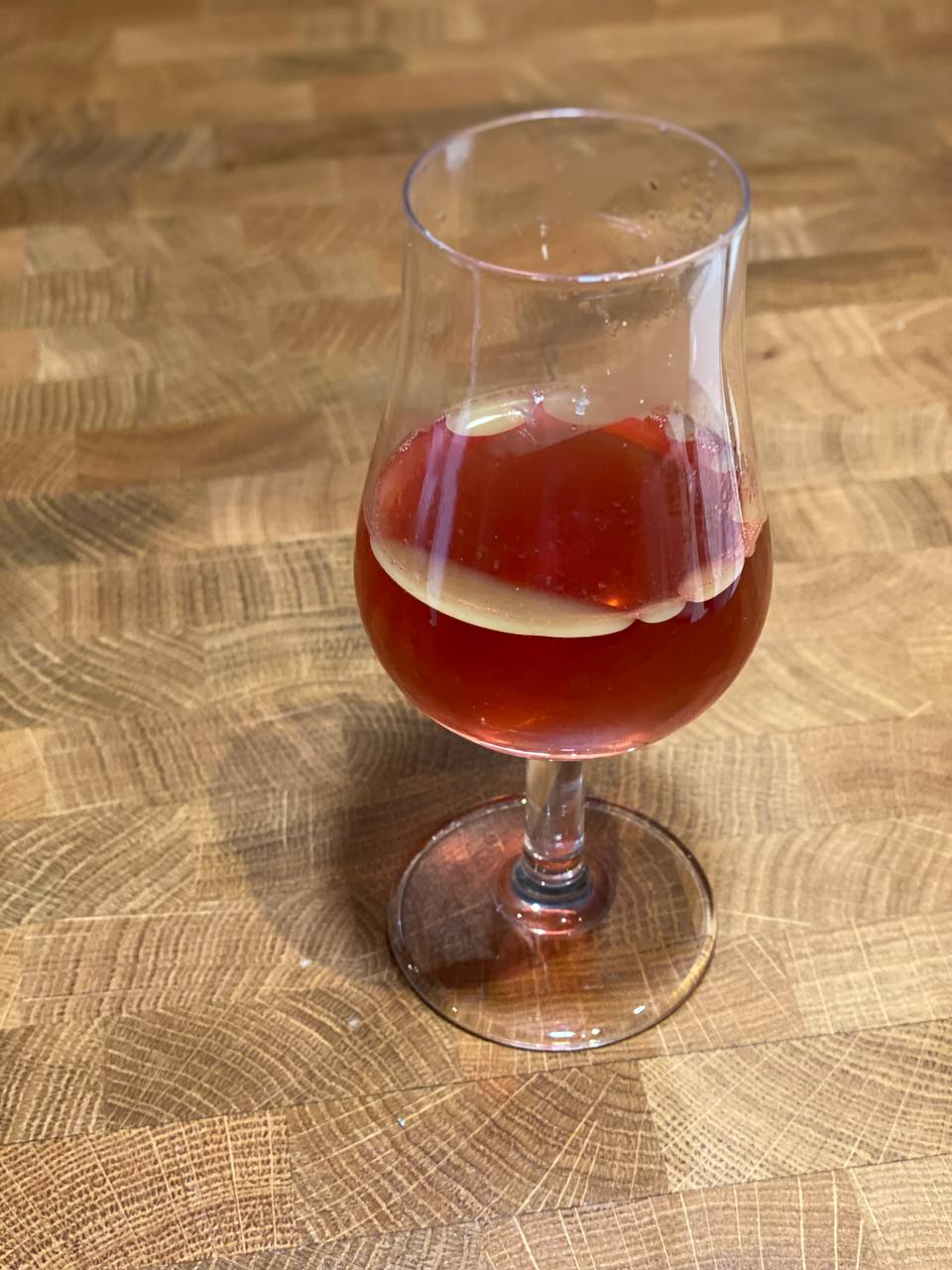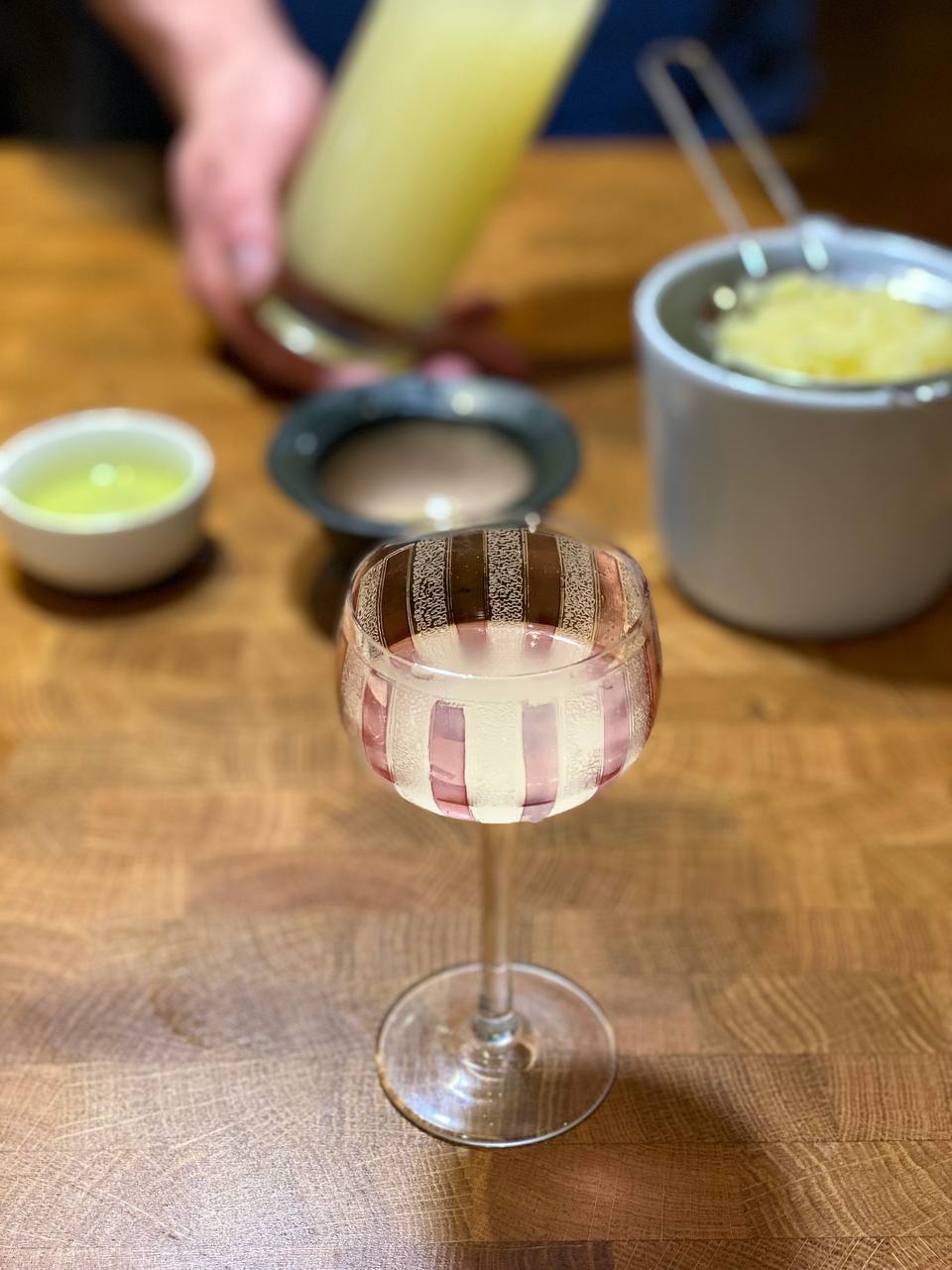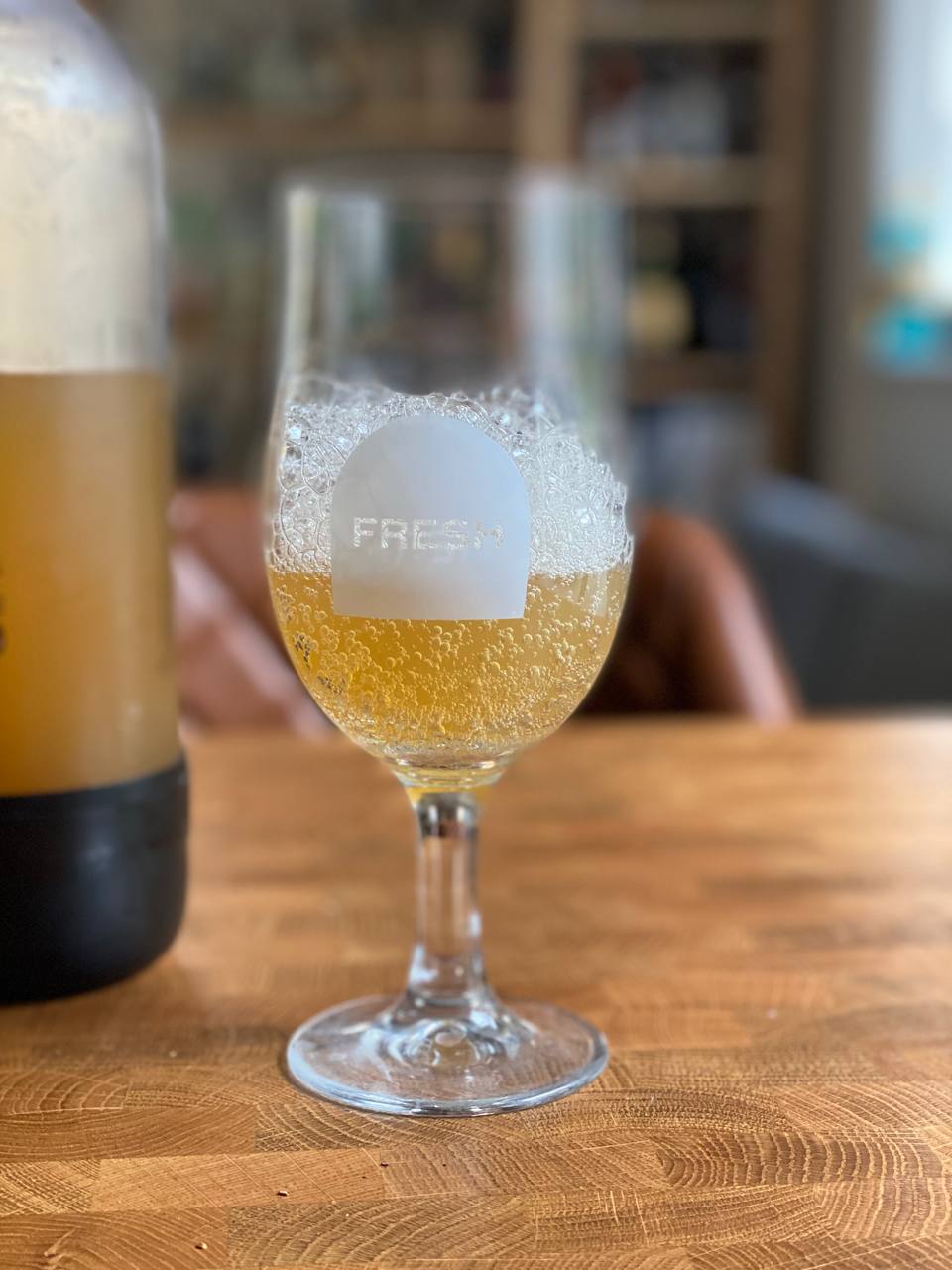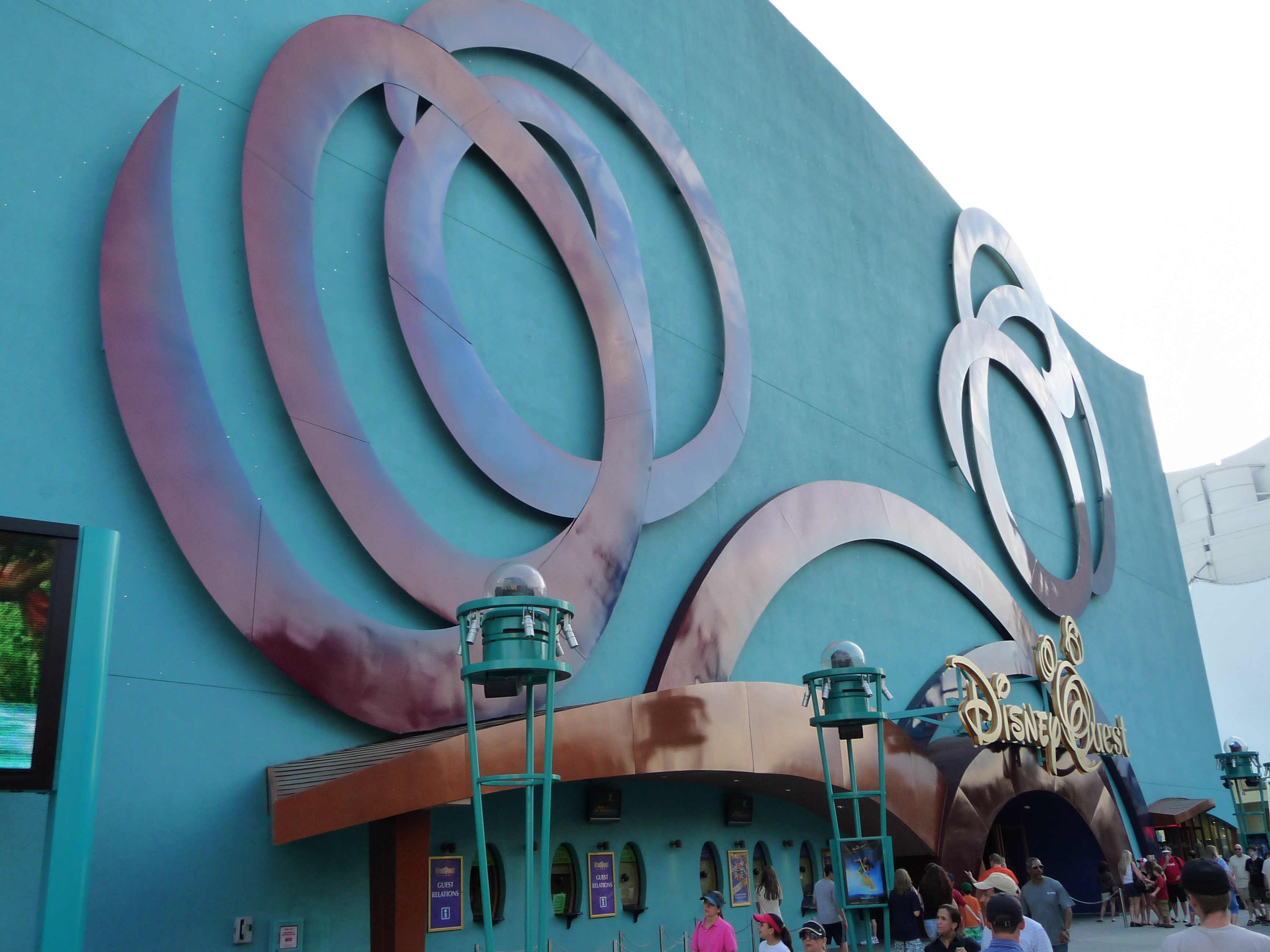Tuesday Triage #43
- TUESDAY TRIAGE #43 by Vadim Drobinin
- On more zero-proof
- Things I enjoyed reading
- 1. Why I Work on Ads by Jeff Kaufman
- 2. Persuading the Body to Regenerate Its Limbs by Matthew Hutson
- 3. The history of RPGs by Richard Cobbett
- 4. You Can’t Innovate Like Apple by Alain Breillatt
- 5. The Erosion of Deep Literacy by Adam Garfinkle
- 6. Eleven ways of smelling a tree by David G. Haskell
- 7. When Hackers Were Heroes by Thomas Haigh
- 8. The secret tricks hidden inside restaurant menus by @chalkmark
- 9. 80/20 is half-ass when value is logistic by @xdg
- 10. Making your own lab instruments by Mike Szczys
- Things I didn't know last Tuesday
- 1. Turtle shell
- 2. Dosirak
- 3. Disney Secretly Invented Two Colors
- 4. Moquette
- 5. Vermont's "pie" law
- 6. When will your elevator arrive?
- 7. Shirataki noodles
- 8. Jack Foley
- 9. Morphing pasta
- 10. Fruit fool
- Book of the week
- Thank you and see you in a week!
TUESDAY TRIAGE #43
by Vadim Drobinin ¶
Your weekly crème de la crème of the Internet is here!
11.05.2021 (read in browser)
On more zero-proof ¶
Last week I wrote about my first experiments with Zero the book, and this week I kept working on some of the more intricate concoctions.
This is brown butter, butter stock, toasted rice stock, and freshly spinned blueberry juice:

All mixed into a warm cocktail that tastes like blueberry pancakes (and holds the same name):

And this is lime essence, made out of peels from twelve limes I've been peeling for what felt like hours:

With some peanut water, yuzu juice, freshly squeezed ginger juice and other things turned into a refreshing Thai Peanut Sauce cocktail:

And one of my favourite, the Soft Cider, which looks and tastes like real cider but doesn't contain alcohol, thanks to toasted Champagne yeast and plenty of spices:

It has a funny story to it: the recipe calls for some unfiltered cider, and I was really confused by it as here in the UK all cider contains alcohol. I dropped a message to the authors of the book, and Allen himself replied, explaining that cider in the States is just raw apple juice, and its fermented and alcoholic counterpart is called "hard cider", hence the playful name of the zero-proof version.
Also we had a chance to try Madeleine-shaped canelés (what?!):

And made some nixtamalized corn tortillas from scratch to go with chicken Mole sauce.
But that is a story for another time.
Things I enjoyed reading ¶
1. Why I Work on Ads by Jeff Kaufman ¶
Ads, and companies building ad platforms, rarely make it to the top of the best employers out there, and yet this is a very unusual point of view with a very well explained reasoning about the subject:
The thing is, I think advertising is positive, and I think my individual contribution is positive. I'm open to being convinced on this: if I'm causing harm through my work I would like to know about it.
I guess it always boils down to someone's goals. There is nothing wrong with working at an "evil" company or on an "evil" project, as far as you are happy with what you are doing; it is definitely nothing to be ashamed of, and I don't understand people claiming that those working at Facebook are basically contributing to all problems in the world.
They are not.
As engineers, we build tools, and it is up to the rest of the world to decide how these tools are used: one can't blame a creator of an open-source project for building a dependency used in a missiles launching system.
2. Persuading the Body to Regenerate Its Limbs by Matthew Hutson ¶
One of the most entertaining articles I read this week: if deer regrow their antlers, and humans replace their livers, does it mean that eventually we could re-create hands and legs?
The question is not if, but when, and this is what the scientists are struggling to understand.
By the by, this is probably the best question one could ask a child. I am so noting this down:
Once, when his older son was six or seven, Levin asked him how a person could be sure that he hadn’t been created mere seconds ago, and provided with a set of implanted memories. “I didn’t really think about what the consequences for a kid might be,” Levin said, laughing and a little embarrassed. “He was upset for about a week.”
3. The history of RPGs by Richard Cobbett ¶
A great recall of all things computer games of the last decades.
I played many of them, and most for quite a few times, and yet despite enjoying it thoroughly modern ones just don't cut it.
The Elder Scrolls raised many bars. Visually, it looked fantastic for the time. The map is about six million square kilometres in size, though almost all of it created using procedural generation (of its several hundred dungeons, only around 15 are actually connected to the plot.) It has day and night cycles. It’s got weather systems. Unfortunately, Arena also has more bugs than a lifelong entomologist, and a starting difficulty best described as ‘psychotic’ (Elder Scrolls III designer Ken Rolston admitted to having started it over 20 times and only getting out of the tutorial dungeon once).
Maybe one day I will finally decide between an Xbox and a PlayStation and then get back to them.
4. You Can’t Innovate Like Apple by Alain Breillatt ¶
Despite being written more than ten years ago, pretty much everything here stands true: from the uniqueness of Apple's approach to many issues with others trying to innovate.
We’re drowning in a sea of technological crap, because every product that is released to the market is a result of multiple compromises based on decisions made by the product manager, the engineering manager, the marketing manager, the sales manager, and everyone else who has skin in the game as they prepare the offering to meet what they think are the target customer’s needs.
Even the generic rumbling about the state of the art feels true to today's market.
5. The Erosion of Deep Literacy by Adam Garfinkle ¶
A somewhat concerning essay on overall issues with literacy among the modern population.
We've learnt how to skim and consume information, and every year we are getting better at it, but we are also getting significantly worse at reading thoroughly and thoughtfully, at reading essays and classic books, meant to provoke thoughts and inspire conversations.
There is no question that adult reading habits have changed over the past few decades. The skimming and speed-reading in Z or F patterns that is characteristic of surfing the internet — the new norm for many — does not help enable critical content, if there is any, to sink into working memory. As reading method goes, it is the anti-deep; one barely gets wet at all. Twitter, in particular, epitomizes the transition from using written language as a means to think to using language as a platform for micro-designer spectacle — in some respects a throwback to oral culture, and certainly a far more cognitively superficial activity, as L. M. Sacasas recently argued in the New Atlantis.
When I think of the (semi-)classic books I've read in the last year or two, there are not that many to brag about - that used to be different.
6. Eleven ways of smelling a tree by David G. Haskell ¶
While the title might be read as a complex metaphor it actually is what it is: the author walks us through eleven trees, and describes them, and their history, and the way they might be used in greatest details, which are so visual it feels like being dragged into the forest.
What tree aromas evoke memory and emotion for you? Fir trees and holidays. Cloves and allspice in a hot mug of apple cider. The piney-clean smell of a classroom after the floors have been scrubbed. The dusty sting of cedar wood shavings from a sharpened pencil. A haze of leafy aromas in a city park after a summer rain. The floral, waxy smell of date confectionary. These memories, different for each one of us, reveal the nature of our childhoods and early lives. Tree aromas are portals, flying us back into our experience of the culture that raised us.
7. When Hackers Were Heroes by Thomas Haigh ¶
I grew up on semi-broken PDAs, old copies of "Hacker" magazine and legends about Kevin Mitnick, so had a pleasure to read the Steven Levy's book the article is built upon years before, however must admit that it brings a bit more perspective to the whole story:
The blending of hacker culture with big tech dominance concerns me, because a mind-set that might seem harmless, or at worst narrowly self-destructive, in obsessive systems programmers is more worrying in executives running the world's most powerful corporations. Consider the unchecked personal power of Peter Thiel, Elon Musk, or Mark Zuckerberg to circumvent government regulation, manipulate the legal system, or short-circuit the democratic process. Indeed, when writing about Facebook Levy was forced by changes in public opinion and the stirring of his own conscience to treat the firm and its leaders far more harshly than he had Google a decade earlier.
8. The secret tricks hidden inside restaurant menus by @chalkmark ¶
As someone constantly printing menus, I can confirm that wording, fonts, and visual artifacts are way more important than the actual taste. I also get very disappointed when people skip pretty much everything and order the things I consider to be boring "fillers". Or at least I used to be very disappointed, as after running a plenty of A/B tests I've learnt at least the basics of the sneaky art this article is about:
This sort of descriptive language is widely used by the food industry. The British retailer Marks & Spencer famously uses long-winded, and often sensual, descriptions of the food it sells in its adverts, to convey the impression of the quality of its products.
“This is not just a pudding,” one advert declared. “This is a melt in the middle, Belgian chocolate pudding served with extra thick Channel Island cream.” It saw sales rocket by 3,500%.
9. 80/20 is half-ass when value is logistic by @xdg ¶
These days the Pareto principle is everywhere: people talk about "low-hanging fruits" a lot, draw 80/20 charts, and so on - and yet it feels like something not always valid to bring up.
80/20 thinking goes wrong if you confuse completion with value. Just because completion is asymptotic with effort doesn’t meant that value accrues asymptotically as well. In many endeavors, value follows a logistic curve, where value barely accumulates until a threshold is reached, then value leaps up and only then does the remaining value accrue asymptotically.
It’s a mistake to aim for 20% of the effort without knowing where the value comes.
This is a great way to put it.
10. Making your own lab instruments by Mike Szczys ¶
If you find most centrifuges to be too expensive for countertop usage at home and have been looking up some other filtering systems, here is a cool way to build your own vacuum filter all under a tenner:
There’s already a solution to this problem. It’s a glass container called a Büchner Flask. These feature a glass tube coming out from the neck. By hooking a vacuum pump up to this tube, reduced pressure inside the flask will pull the liquid through the filter in no time. Rather than purchase the specialty item, [Andrey] altered a rubber stopper to accept both the funnel, and a glass tube. This is a cheaper version because it uses a common conical flask but it works just as well. To create the vacuum, an altered bike pump was used.
I guess for my purpose it needs to be ten times bigger, but then it doesn't make it that expensive anyway.
Things I didn't know last Tuesday ¶
1. Turtle shell ¶
I've been this week years old when I learn that turtles don't live in a shell, they are the shell.

And I had a turtle in my childhood! Not sure if the lesson here is to disassemble things more proactively.
2. Dosirak ¶
While ordering food recently, I came across this odd word.
The lunch boxes, also called dosirak or dosirak-tong (dosirak case), are typically plastic or thermo-steel containers with or without compartments or tiers.

It is odd, as something called "Doshirak" is the most popular brand of instant noodles, and that sent me on a journey through one of the biggest linguistic mistakes ever made.
You see, initially Paldo (the South Korean company behind Doshirak and Yakult) actually called it Dosirak, and were very surprised to find out that no one actually buyes it, neither in Russia nor in other Central Asian countries like Uzbekistan.
After some research they found out that the word sounds alike to a rude Russian word that stands for "defecation".
They ended up spending lots of money to run a new campaign, this time with the name "Dosilak", but it was unsuccessful, at which point someone came up with the name used today.
Ever since, this example is all over books for translators, but the word "doshirak" is used for all instant noodles across Russia.
3. Disney Secretly Invented Two Colors ¶
There are a few colours used across Disneylands all over the world aimed at hiding something in plain sight:
Go Away Green is a color combination of greenery in the area (and can be more than one shade), as well as a brown/gray/green hue that your eye naturally wants to ignore. Unlike bright construction orange that your eye sees well, Go Away Green is the opposite.

4. Moquette ¶
I didn't know that the pattern and fabric have a name, and then apparently the one used in the Tube also features four local attractions (might be a city myth).
Moquette is famous for being used on London Transport's vehicles, particularly the seats of London Underground's Tube trains. During the decades of the many railway companies, there were some ten moquette manufacturers in the UK. As

5. Vermont's "pie" law ¶
Vermont, USA passed a law in 1999 that the state's official pie is Apple pie, and one must make a “good faith effort” to serve it with either a glass of cold milk, at least 1/2 oz. of cheddar cheese, or a large scoop of vanilla ice cream.
House Bill No. 302 proposed apple pie as the state pie of Vermont and the apple as the state fruit. It also prescribed a series of conditions for serving apple pie. Governor Howard Dean signed the bill into law on May 10, 1999.
I can't really judge them for the law but why would anyone serve cheddar cheese with an apple pie?...
6. When will your elevator arrive? ¶
Living on a ground floor pretty much made me forget about elevators (that, and also working from home for more than a year), however I do remember that it used to be an issue.
For a 100-story building with one idealized infinite-capacity elevator, Feng and Redner find that waiting times typically fall between five and seven minutes. With elevators that can carry 20 people each, and buildings that hold 100 workers per floor, this cycle requires 500 trips over 2 hours—or 21 elevators—to get everyone to work on time.
Especially back in my Moscow days, where we had an office at a 40-ish floor and queues every morning and lunch as the building was like 100+ floors.
7. Shirataki noodles ¶
These noodles are made out of the konjac yam, same thing the face sponges are made of:
The word shirataki means 'white waterfall', referring to the appearance of these noodles. Largely composed of water and glucomannan, a water-soluble dietary fiber, they are very low in digestible carbohydrates and food energy, and have little flavor of their own.

I wonder who I question more, folks eating flavourless sponges-to-be with soy sauce, or people wiping their face with noodles?
8. Jack Foley ¶
If you have ever seen how Foley artists fake sounds of rain by frying bacon, you can't really stop hearing that in movies, thanks to the creator of that method.
He is credited with developing a unique method for performing sound effects live and in synchrony with the picture during a film's post-production. Accordingly, individuals engaged in this trade are called "Foley artists".
9. Morphing pasta ¶
There papers published on flattening out pasta in such a way it needs less packaging, but once boiled takes its original form.
For 3D-shaped pasta like macaroni, more than 60% of the packaging space is used to pack air. By making flatpack pasta, we can save a large portion of the packaging space for food.
If that sounds exciting, check out the pictures in the paper, they are really cool.
10. Fruit fool ¶
Probably by now I can author a book on bizzare food names, and the majority of recipe most likely would be dedicated to the British.
A fool is an English dessert. Traditionally, fruit fool is made by folding pureed stewed fruit (classically gooseberries) into sweet custard. Modern fool recipes often skip the traditional custard and use whipped cream. Additionally, a flavouring agent like rose water may be added.

Book of the week ¶
I've been to an old bookshop recently.
One of those hidden in the middle of nowhere (this one was in Essex), and yet so tidy it feels like the time has stopped in there, and its contents are frozen like flies in amber stones.
One of the books I found on a shelf was a book of my childhood, probably one of the first foreign book I've read more than once, and yet impressive enough to slowly bend me towards being fascinated by engineering.
I didn't pick it up this time, either because I already bought so many editions it traces my life back better than breadcrumbs, or because I thought now I could afford something more interesting, like one of the first copies, or a signed edition.
Anyway, I had to at least skim through the greatest work of Mark Twain, A Connecticut Yankee in King Arthur's Court:
Intellectual 'work' is misnamed; it is a pleasure, a dissipation, and is its own highest reward. The poorest paid architect, engineer, general, author, sculptor, painter, lecturer, advocate, legislator, actor, preacher, singer, is constructively in heaven when he is at work; and as for the magician with the fiddle-bow in his hand, who sits in the midst of a great orchestra with the ebbing and flowing tides of divine sound washing over him - why, certainly he is at work, if you wish to call it that, but lord, it's a sarcasm just the same. The law of work does seem utterly unfair - but there it is, and nothing can change it: the higher the pay in enjoyment the worker gets out of it, the higher shall be his pay in cash also.
To me, five or six years old, the words "Yankee" and "Connecticut" didn't mean much, I was smart enough to understand them as a derogatory noun and an odd adjective, but the story was about kings and knights, magic and dragons, and yet about the power of engineering and science: everything else was way less important.
Still stays one of my most favourite books out there.
And sadly a greatly underestimated one.
Thank you and see you in a week! ¶
If you have any questions, or want to suggest a link for the next newsletter, please drop me a message on Twitter or reply to this email.
Cheers! 🍸